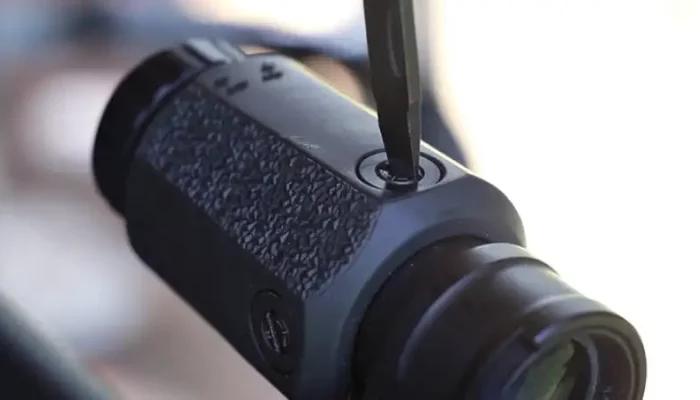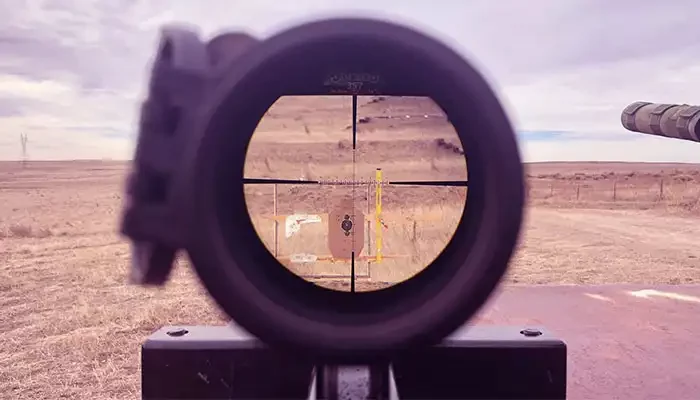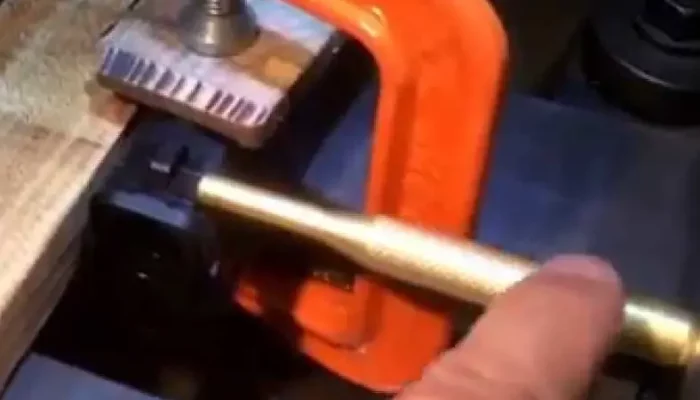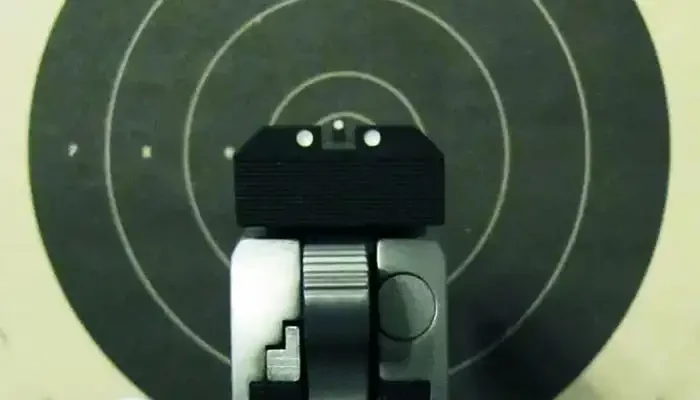Red dot sights are used with pistols and rifles. Due to their lightweight and compact build, they are preferred by most CQB and range shooters. They are capable of sight at short range and fall off when you try to go medium range even.
To remedy that issue we have magnifiers. Depending on the type of sight you use, it may or may not support magnifiers. If it does, then you probably are considering buying it. Before you buy, it’s obvious to ask whether you have to zero a magnifier or not. Do you? Let’s find out.

What Is A Red Dot Sight?
A red dot sight has many different types. Starting from reflex to prism, you have options to choose from what kind of red dot sight you want. There is also the holographic sight which is not a red dot, but similar to some degree.
It’s a short-range sight that helps you to shoot faster with more accuracy. This is why it’s popular among handgun and rifle users. Both of the guns can benefit from quick shooting.
What Is A Magnifier?
A magnifier is, well, an item that magnifies objects for you. In terms of red dots, a magnifier is a separate entity that you purchase to increase the depth and magnification of your red dots. We know red dots are usually fixed at 1x magnification and that cannot be changed.
But if you want to change it, then you will need to add a magnifier on your gun that will sit in front of your red dot and make it appear like a scope. Depending on the magnifier, you can get anywhere from 3x, 4x, to 6x even. You will need to decide on the magnification variant on your own.
What Is Zero?
Why is it so important? Zeroing is the process of matching your impact point with your aiming point. If you are shooting a bullseye at 50 yards, a stock scope might not be able to do that.
But if you play around the windage and elevation to count for the difference you missed your shot at, then you can reach a point where your bullet will hit the bullseye constantly on a 50-yard point.
That is the process that is known as zeroing a scope. It essentially nills the difference between the aiming point and the impact point. Without zeroing your optic, you will have trouble landing shots close and far.
Why Choose A Red Dot Optic?
Now that you know a bit about what’s a red dot, what is zero, and why it’s important, why would anyone go for a red dot if they are after magnification? There are several reasons for doing that.
The most common one is eye relief. A reflex sight tends to have unlimited eye relief. Something a lot of shooters can appreciate and enjoy. If you are using a magnifier, chances are it comes with a flip-to-the-side mounting system. You can flip it to the side and use the red dot as it is.
Also, if you shoot within 100-150 yards and don’t want to buy a prism scope, then a red dot with a magnifier is a better choice for you. The bottom line is, if your shooting range isn’t broad and it’s quite small, then you want a red dot, not a scope.
Do I Have To Zero My Magnifier?
Yes, sir. Just like your optic, the windage and elevation knobs on your magnifier aren’t for show. If your optic is zeroed at the upfront position where it will reside forever now, you will need to zero your magnifier to match the zero of your optic. Otherwise, the parallax issue will make you miss more shots than you would want.
If you want a perfect visual and don’t want a misaligned optic+magnifier combo, then you would want to zero your magnifier. Make sure to zero the magnifier with the red dot on the rifle. Don’t zero your magnifier alone. It will not be effective.
Conclusion
Zeroing an optic and magnifier is necessary. You might feel like there is no parallax between the optic and the magnifier, but it’s not always true. You should always be more careful before you waste your time and ammo.
I hope you now know the importance of zeroing a scope and how to zero a red dot. On top of that, I hope your misconception about whether you should zero a magnifier or not is now gone. I strongly urge you to zero your magnifier in contrast to your optic, otherwise, you will not get the best performance out of your combination.
That’s all for now, thanks for reading as usual. Hopefully, you learned something new and useful today. I wish to bring you more useful content in the future. Till then, take care and have fun.
Hi, I’m Brent Hansford. A writer turned hunter & now sharing my love for the sport through writing. As I practically breathe weapons, I firmly believe I’m capable of providing you with new knowledge about firearms and hunting. My mission is to help more people get better at hunting & master the weapons. Let me help with unleashing the beast within you!



